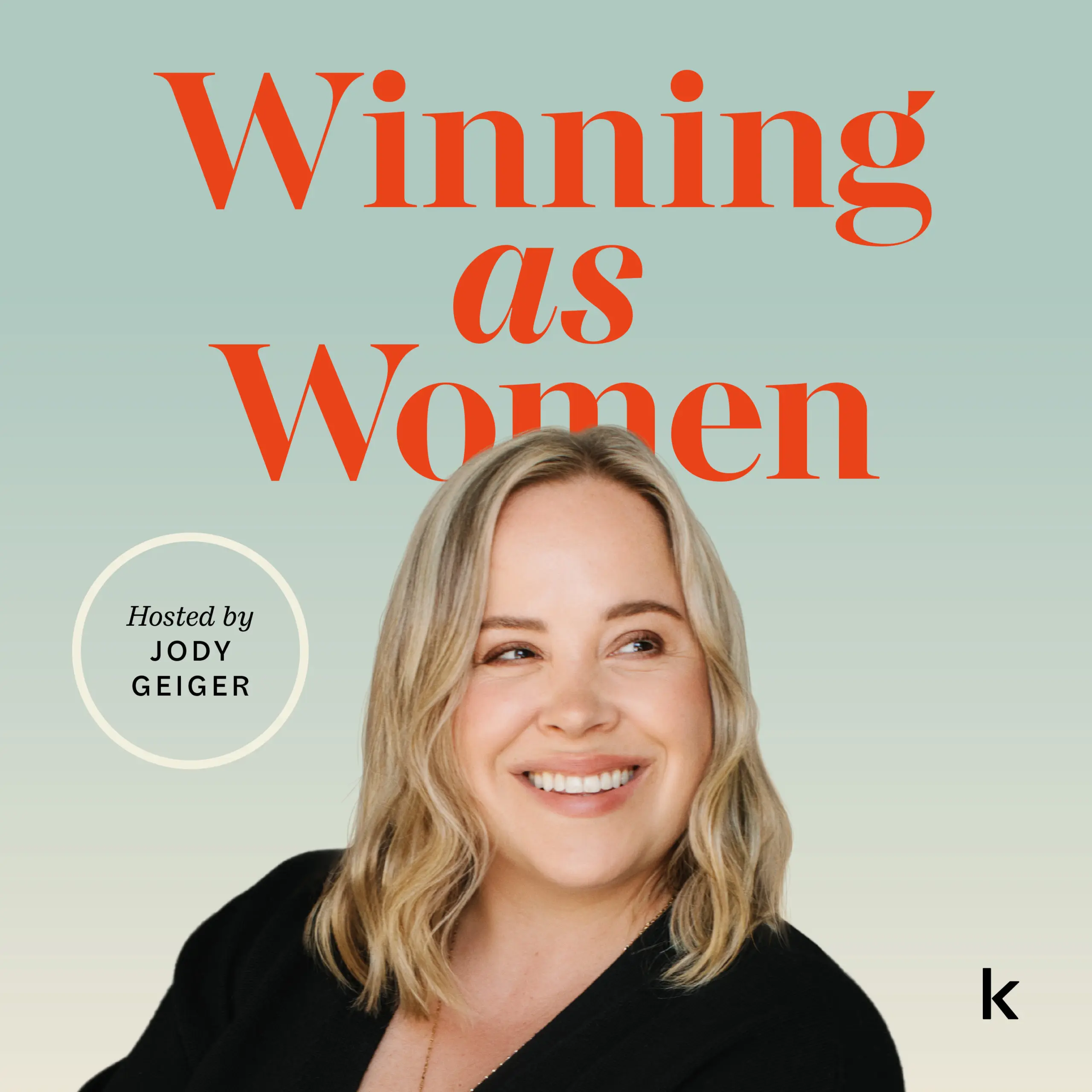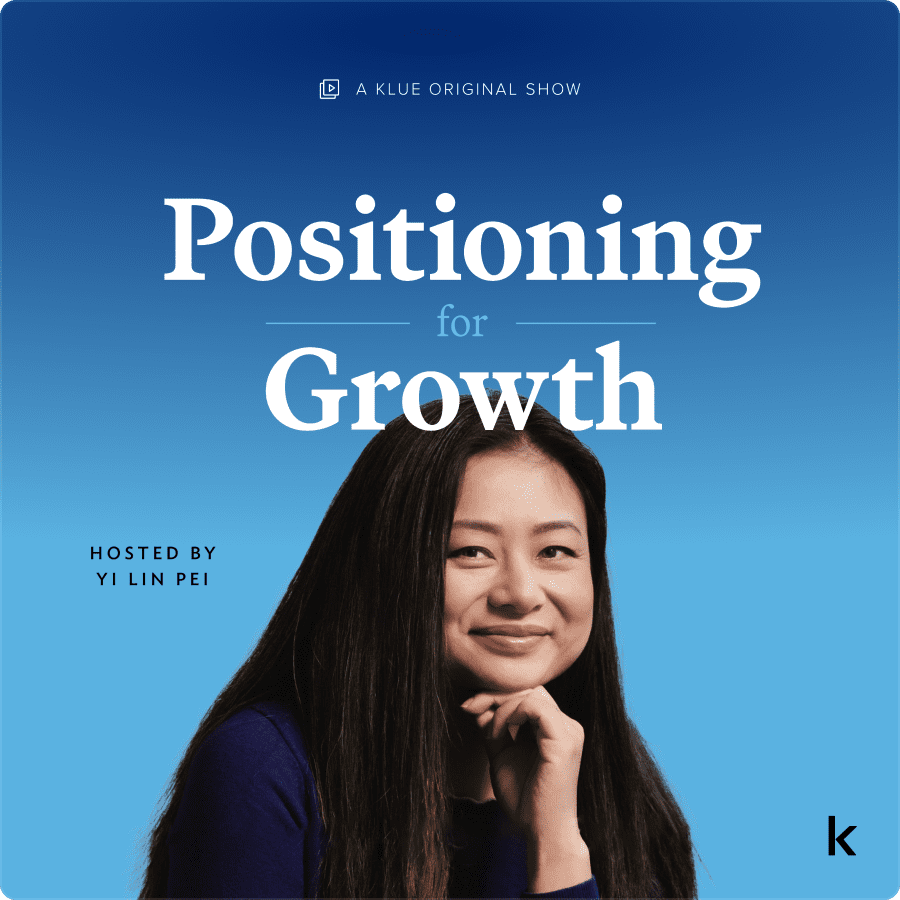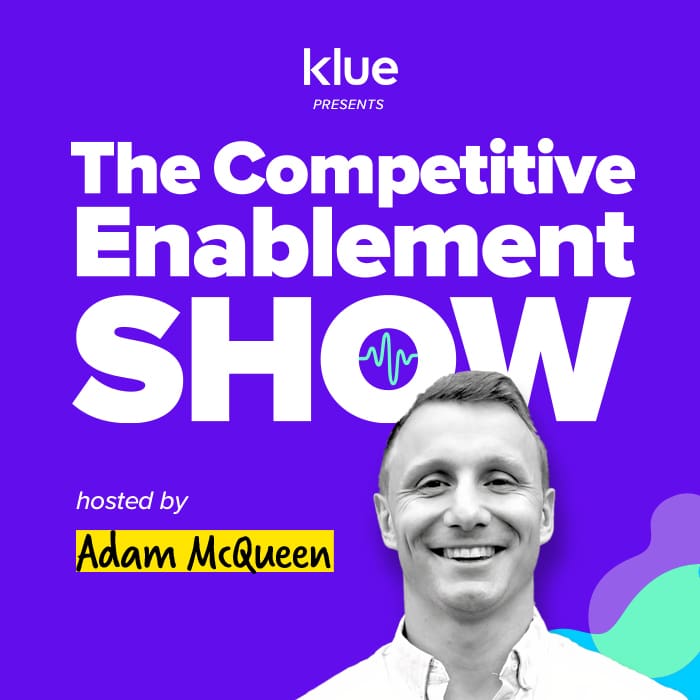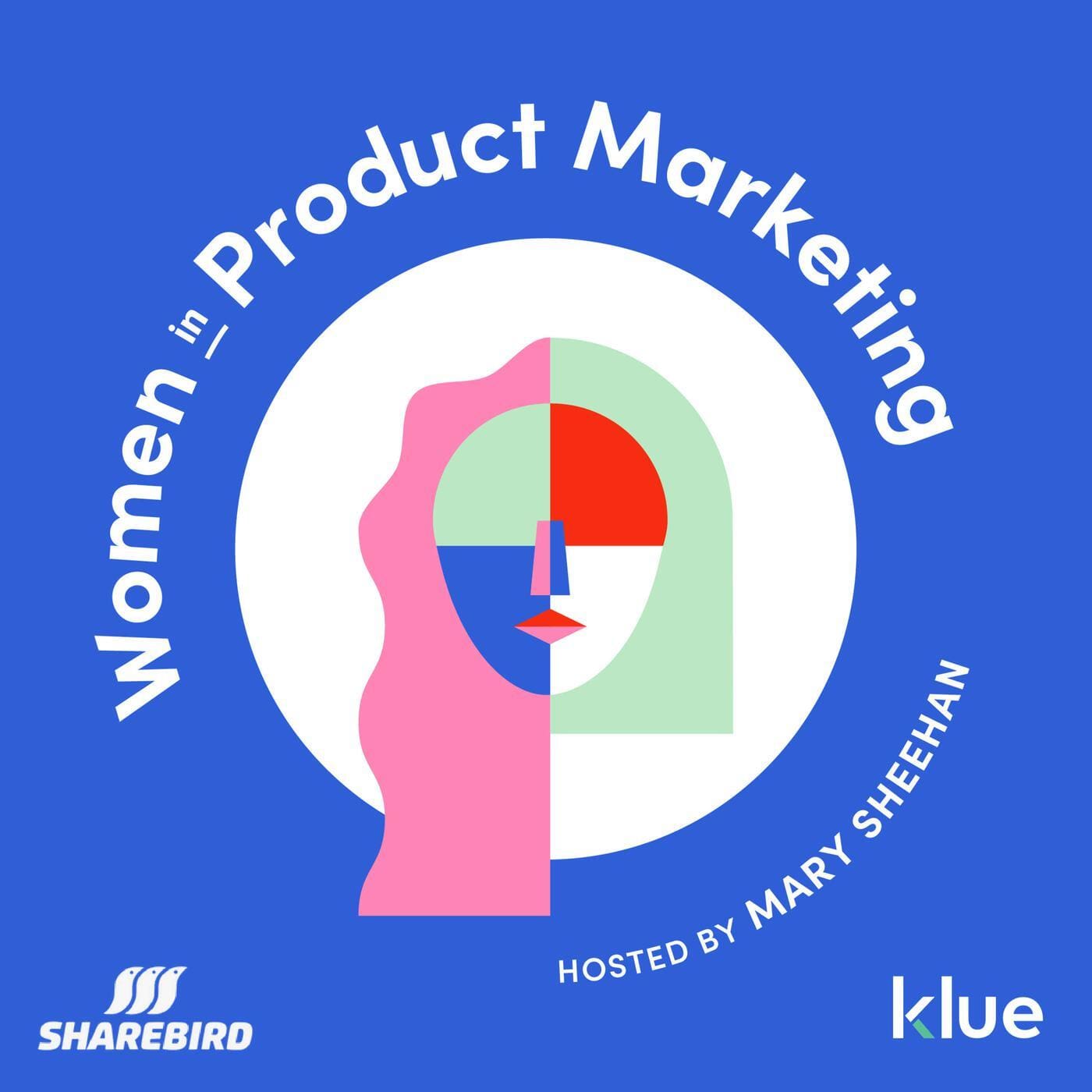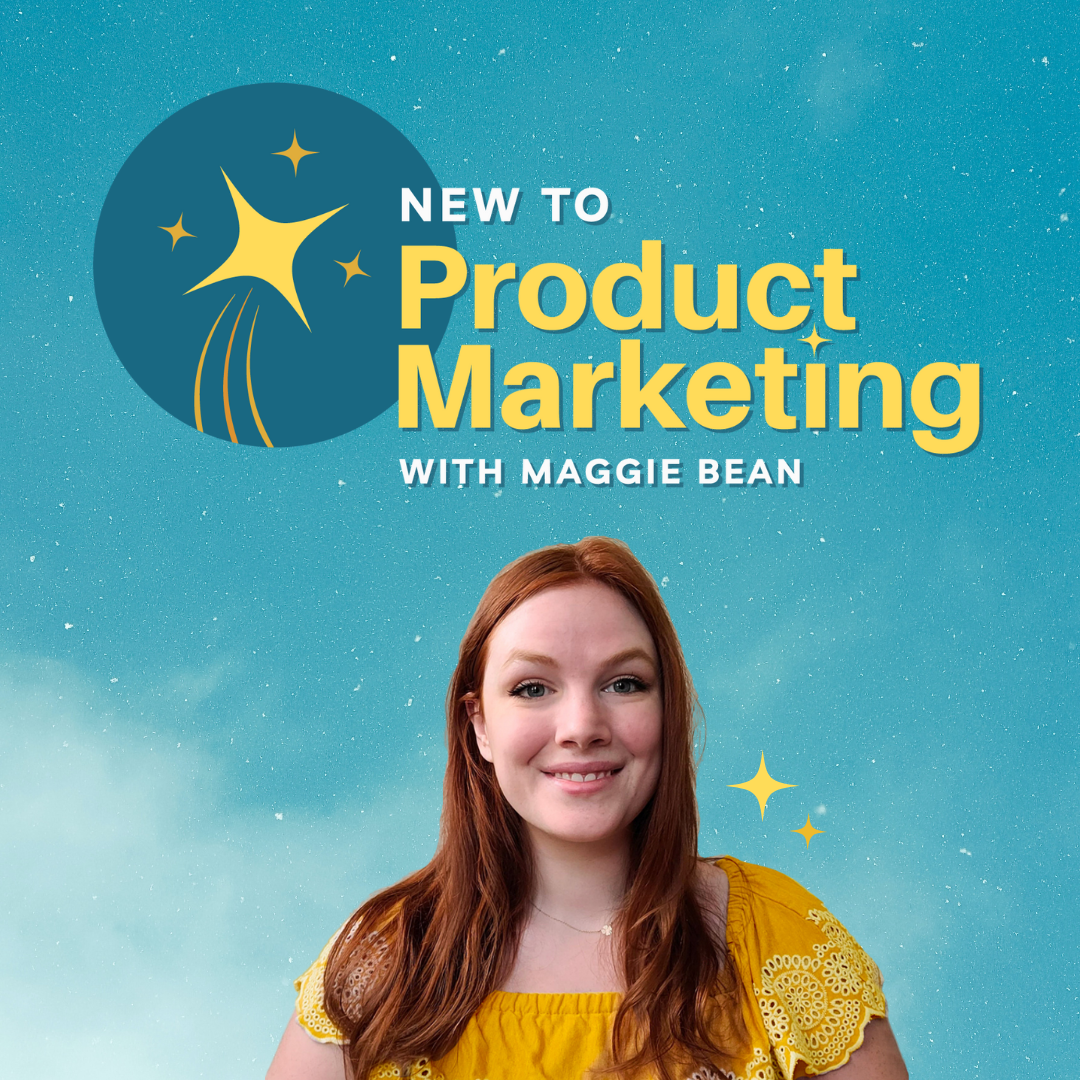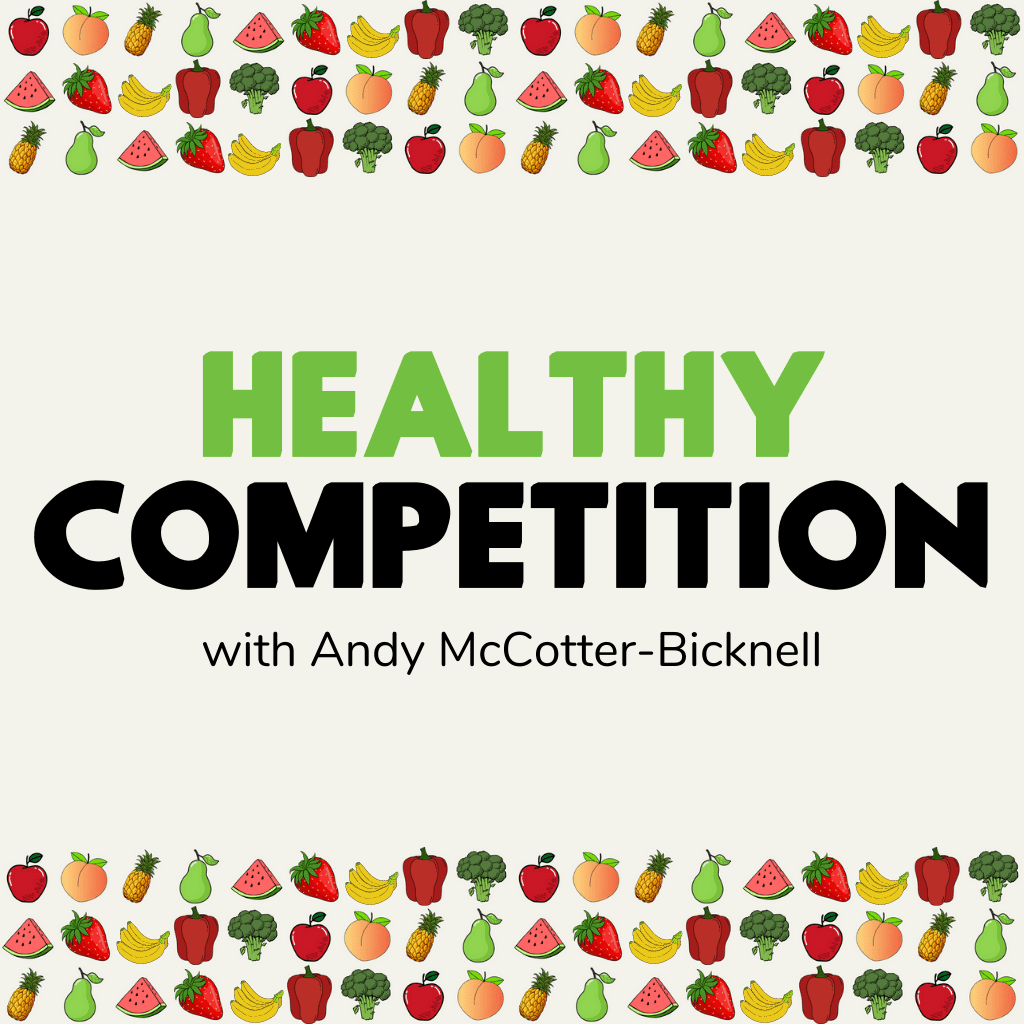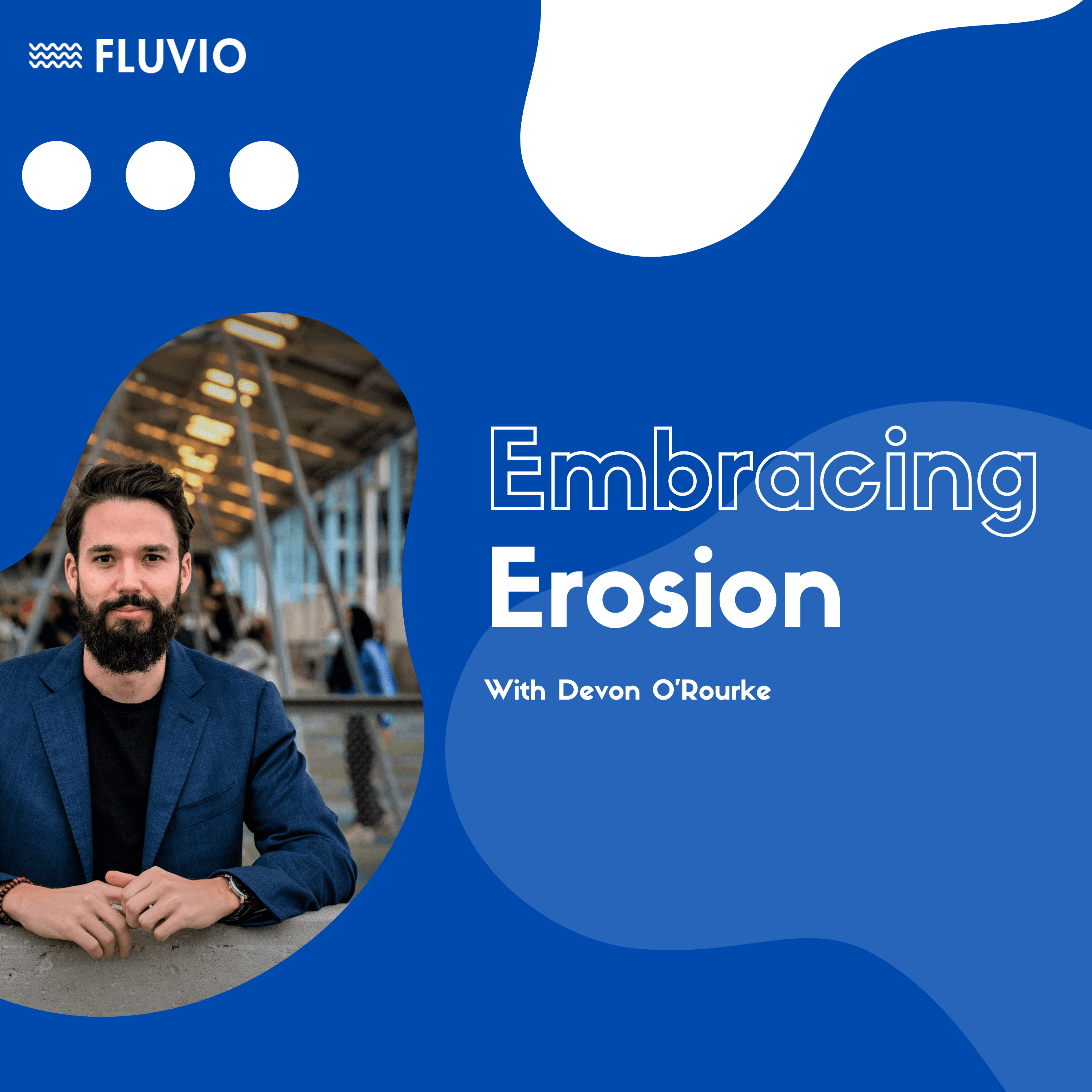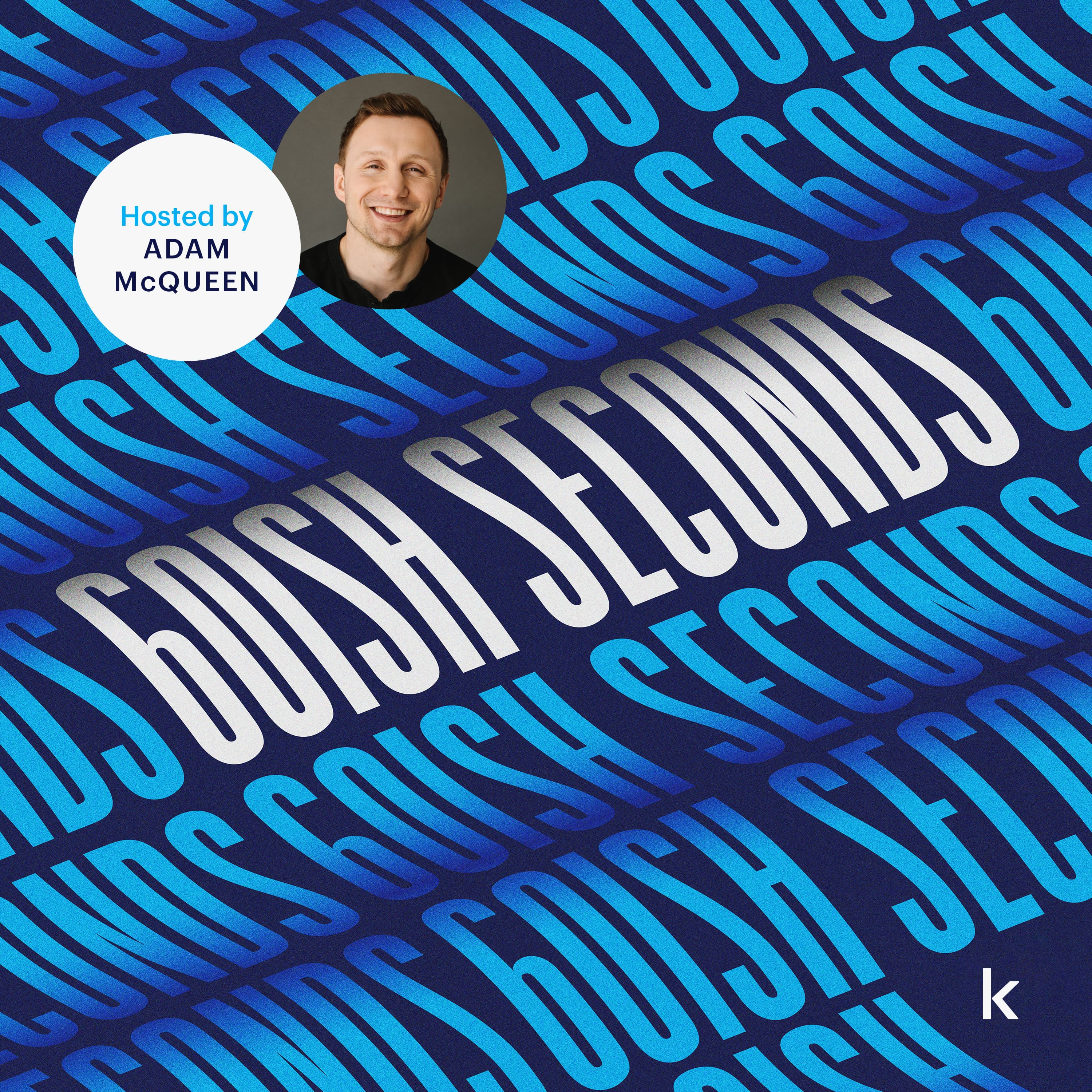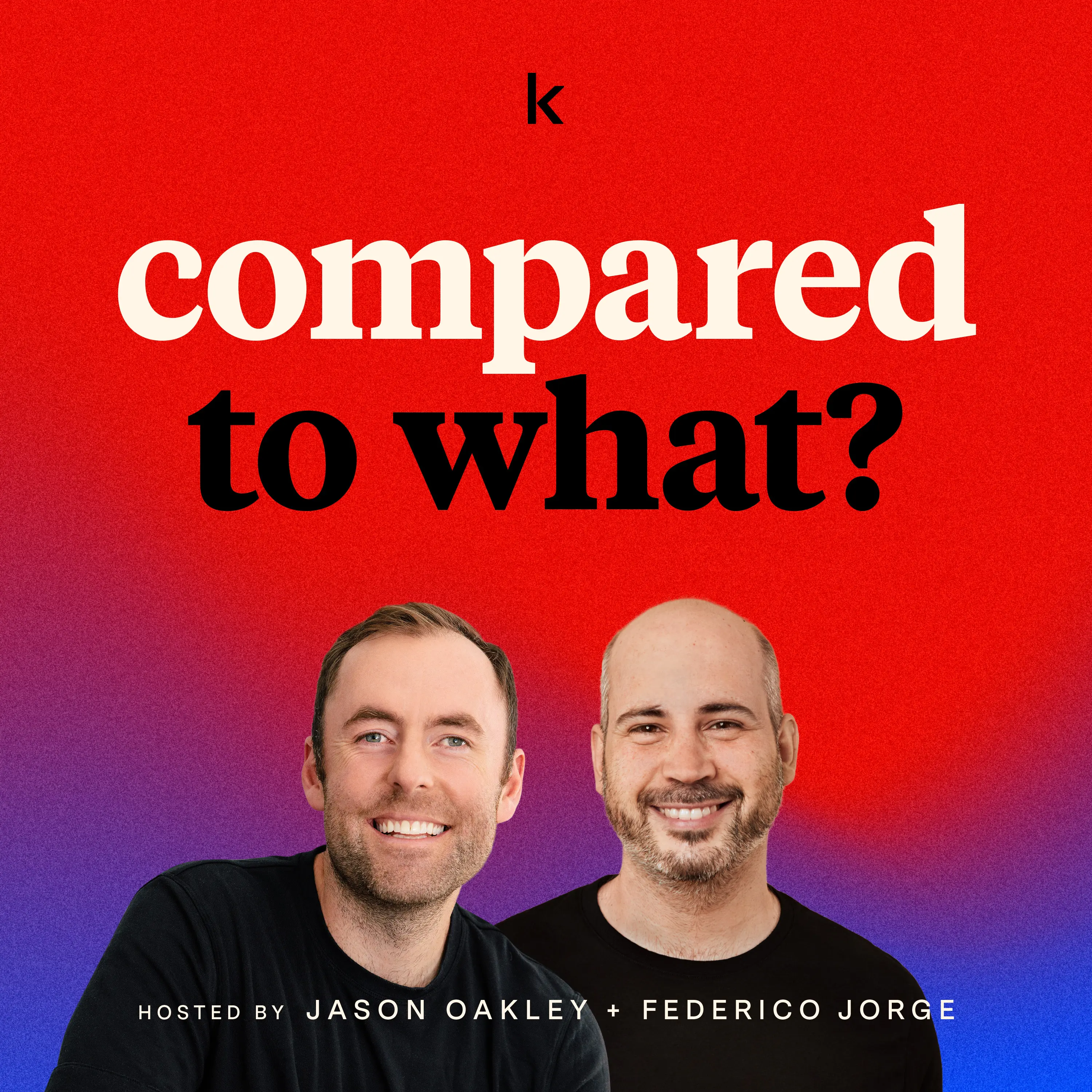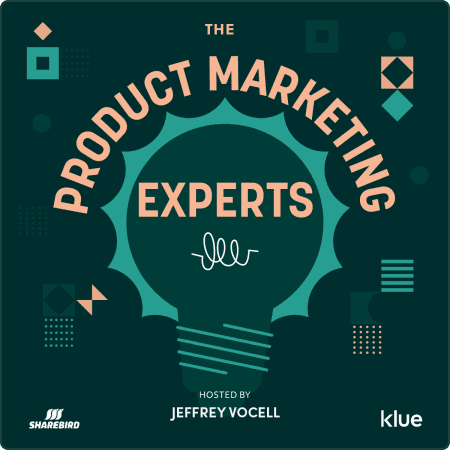How Product Marketers and Sales Can Partner to Knock out Competitors | Mitch Comstock, LeadIQ & Qayam Noorani, Klue
This episode is part of our monthly Competitive Enablement Show Live Series.
Watch the full session here above.
The Sparknotes
Sales trust is earned, not given
“What helped me buy into the internal brand of competitive enablement was consistency and relevant information. Sellers will start to trust that you’re on top of the competition.”
Consistency. Relevance. Nail them both, and you’re well on your way to get the ear of sales.
At Klue, our own CE Manager did this by sharing a competitive intelligence newsletter on a weekly basis. The newsletter contained recent wins and losses, and that section became a must-read for reps.
Then, by shouting-out reps that were sharing intel from the field within the newsletter, sales felt more involved in the entire competitive process.
Here’s a few of Mitch’s best tips:
- Get involved in sales training: Dig into who your toughest competitors are and lead a training on the talking points.
- Over communicate CI: Newsletters, Slack, team meetings. Stay top of mind with sales by sharing new information and news often, preferrably on a regular cadence. Talk to sales leadership about grabbing 5-10 minutes in regular meetings.
- Give context: Don’t just share the news, sales doesn’t have time for that. Give them the high-level takeaway and what your position is.
- Find your sales champions: You can’t possibly build rapport with every rep. Find the ones that are very interested in CI and let them spread the word on how you can help.
And that’s just the beginning of how sales enablement and product marketing can work together win more deals.
♀️ Share the ‘So, What?’ of your competitive insights
“You always want to give context. It’s not enough to give a demo to a sales rep and say ‘Here’s what the competitor looks like again, you’re going to see a lot of features!'”
The above example? If there’s zero context added, well then you’re in trouble.
That leads your reps towards creating their own messaging, getting distracted by the bells and whistles of competitor features and then competing on them, plus, they’ll be less likely to watch an entire demo wire-to-wire.
Sales enablement simply needs more from product marketing than just that.
A better approach?
“Hey here’s Competitor X’s demo. Here are my takeaways. This is what their value prop looks like and how they present it. Here’s how we could position against it.”
Please, please, pleeeeeaaaaase don’t just vomit out raw information on your competitors. No more loud noises.
Use the Value Wedge in competitive deals
“Think of a Venn diagram where on one side you have all the things that are unique to your product, what’s unique to your competitor’s product, and what’s important to your prospect. Only certain things that are unique to you are going to be important to your prospect.“
Here’s a great mental model for how to position and sell against your competitors. It’s called a Value Wedge.
You need to know:
- What your buyer cares about
- Value that your solution offers (5-7 points)
- Value that your competitor offers
Where do your buyer’s needs overlap with your unique value points?
That’s your Value Wedge.
It’s important that you continue to bring the conversation back to those key points. On every call. In every email.
And remember, It’s hard for prospects to remember the things you say to them, but they do remember the things THEY said to you.
So the more you can frame your value wedge around what they said, the more it will resonate with them.
You can’t use value wedges until you really understand what your prospect cares about and what competitors are in the deal, so make sure you ask as early as possible.
Listen to the episode on Spotify, Apple Podcasts, or wherever you get your podcasts


Stay up to date with the latest from The Compete Network
Be the first to know about the newest episodes dropping on the Compete Network, upcoming shows with creators, and community events where you can learn from top leaders.
JOIN NOWNEWSLETTER

Never miss a new release on the network.
(Your competitors sure aren’t.)
Be the first to know about:
- The latest episodes dropping on the Compete Network
- Community sessions & events
- Upcoming exclusive shows

